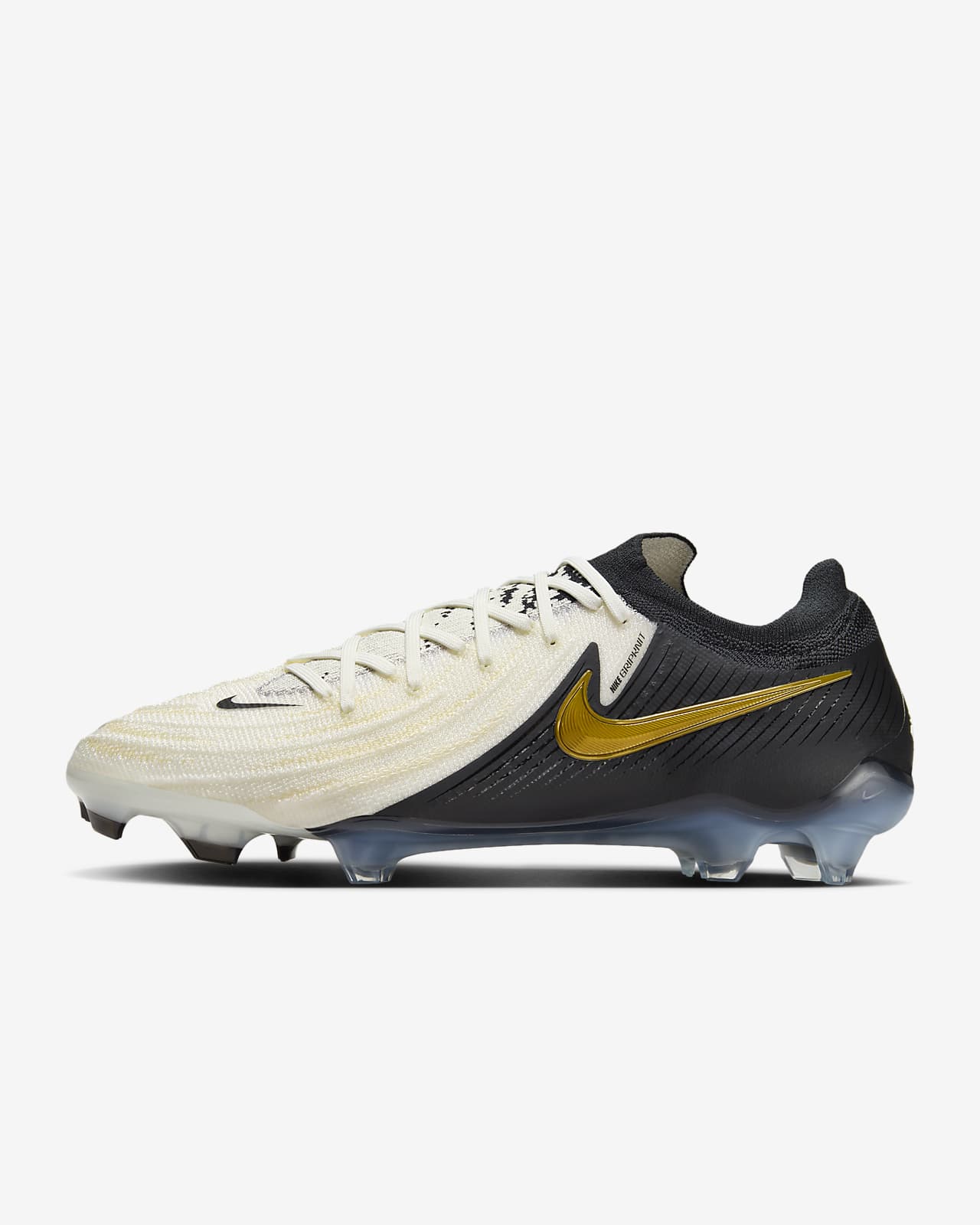Are you a soccer player contemplating using football cleats on the pitch? The debate over whether you can wear football cleats for soccer is a common dilemma among players. In our ultimate guide to cleat compatibility, we delve into this topic to provide clarity and insights for players looking to optimize their performance. While both football and soccer cleats share similarities, there are key differences that can impact your game. Understanding the nuances between the two types of cleats is essential for making an informed decision. Join us as we explore the compatibility of football cleats for soccer and equip you with the knowledge to step up your game!
Key Differences Between Football Cleats and Soccer Cleats
When it comes to the debate of whether you can wear football cleats for soccer, it’s essential to understand the key differences between these types of cleats. Football cleats, designed for American football, and soccer cleats, specifically made for soccer, have distinct features that cater to the needs of each sport.
Design and Stud Configuration
Football cleats are heavier and typically have more ankle support to provide stability during quick lateral movements. On the other hand, soccer cleats are lighter and allow for better maneuverability on the pitch, with different stud patterns optimized for traction on grass surfaces.
Materials and Construction
Football cleats often feature a thicker and more durable upper material to withstand the rough play of football. In contrast, soccer cleats prioritize a thinner and more flexible upper for enhanced ball control and a better feel of the ball during dribbling and passing.

Pros and Cons of Wearing Football Cleats for Soccer
When it comes to wearing football cleats for soccer, there are both advantages and disadvantages to consider. Football cleats can provide added traction and stability, which can be beneficial on firm surfaces like artificial turf.
Pros of Wearing Football Cleats for Soccer
1. Enhanced Traction: Football cleats are designed to dig into the ground, providing better grip during quick cuts and changes in direction.
2. Improved Stability: The cleat layout on football cleats offers stability, especially when making powerful shots or tackles.
3. Durable Construction: Most football cleats are built to withstand the rigors of the game, offering longevity and durability.
Cons of Wearing Football Cleats for Soccer
1. Stud Shape: The shape and length of football cleats’ studs may not be optimal for soccer, leading to potential discomfort or lack of agility.
2. Weight: Football cleats can be heavier due to additional padding and materials, which may impact speed and agility on the soccer field.
3. Different Playing Style: Soccer requires more finesse and agility, which may not be fully supported by the design of football cleats.

Understanding Cleat Compatibility
When it comes to footwear for soccer, cleat compatibility is crucial for optimal performance and safety on the field. While both football and soccer cleats serve the purpose of providing traction and support on the turf, they are designed differently to suit the specific demands of each sport.
Types of Cleats
Football cleats typically have a toe stud at the front, which is not allowed in soccer due to safety concerns. Soccer cleats, on the other hand, have smaller, more numerous studs that are evenly distributed to enhance agility and quick movements on the pitch.
It’s important to understand the differences in cleat design between the two sports to ensure you are using the right footwear for optimal performance.
Compatibility Factors
When considering whether you can wear football cleats for soccer, factors such as stud length, stud shape, and sole design come into play. Football cleats may have longer studs that can be dangerous on a soccer field, potentially causing injuries or discomfort.
Opting for soccer-specific cleats ensures you have the right traction and stability needed for soccer movements, reducing the risk of slips and falls during play.
Factors to Consider Before Wearing Football Cleats for Soccer
Before deciding to wear football cleats for soccer, it’s essential to consider several factors to ensure optimal performance and safety on the field.
Type of Playing Surface
One crucial consideration is the type of playing surface you will be on. Artificial turfs prevalent in soccer demand cleats with short, rubber studs to provide traction without damaging the surface.
Fit and Comfort
Comfort is key when choosing cleats for soccer. Make sure the fit is snug yet comfortable to prevent blisters or discomfort during play. Consider trying them on and walking around to ensure a good fit.
Regulations
Ensure that the cleats comply with soccer regulations regarding stud length and type. Different leagues or tournaments may have specific rules regarding the type of cleats allowed, so it’s crucial to check before wearing football cleats for soccer.
Image of Football Cleats for Soccer
Tips for Using Football Cleats in a Soccer Game
When it comes to wearing football cleats for a soccer game, there are a few important considerations to keep in mind to ensure optimal performance on the field. Follow these tips to make the most out of your footwear:
Check Cleat Regulations
Before using football cleats for soccer, always check with the league or tournament regulations. Some soccer organizations have specific rules regarding the type of cleats allowed on the field.
Consider Field Conditions
Take into account the condition of the soccer field where you’ll be playing. If the pitch is soft and muddy, football cleats with longer studs may provide better traction. On firmer turf, shorter studs might be more suitable for agility.
Ensure Comfort and Fit
Make sure your football cleats fit well and offer the necessary comfort for running, cutting, and striking the ball during a soccer match. Properly fitting cleats reduce the risk of blisters and discomfort.
Adapt Your Playing Style
Understand that football cleats may feel different from traditional soccer cleats due to their design and stud configuration. Be prepared to adapt your playing style to accommodate the differences in traction and feel.
Experiment and Practice
Before using football cleats in a competitive soccer game, spend time practicing and testing them in training sessions. Experiment with different movements to gauge how the cleats perform on the field.
Frequently Asked Questions
-
- Can I wear football cleats for soccer?
- While it is possible to wear football cleats for soccer, it is not recommended. Football cleats have different studs and patterns compared to soccer cleats, which can affect your performance and may not be suitable for the movements in soccer.
-
- What are the differences between football cleats and soccer cleats?
- Football cleats typically have more studs for better traction on grass and are designed for quick bursts of acceleration in multiple directions. Soccer cleats have fewer studs and are more focused on agility, quick direction changes, and ball control.
-
- Can I use soccer cleats for football?
- It is not recommended to use soccer cleats for football. Soccer cleats are not designed for the physicality and specific movements of football, which may lead to discomfort, lack of traction, and increased risk of injury.
-
- Are there cleats designed for both football and soccer?
- There are versatile cleats available that can be used for both football and soccer. These cleats typically have a combination of features from both sports to provide adequate traction, support, and agility for different types of movements.
-
- What should I consider when choosing cleats for football or soccer?
- When choosing cleats for football or soccer, consider factors such as playing surface, stud configuration, comfort, support, and fit. It is advisable to use sport-specific cleats to optimize your performance and minimize the risk of potential injuries.
Final Thoughts
In conclusion, while football cleats may seem similar to soccer cleats, they are not ideal for playing soccer due to differences in traction and stud patterns. Understanding the unique demands of each sport is crucial for enhancing performance and preventing injuries on the field. Soccer cleats are designed with features that cater to the specific needs of soccer players, such as agility, quick direction changes, and ball control. It’s recommended to invest in a pair of quality soccer cleats to optimize your game and ensure safety. So, next time you hit the pitch for a game of soccer, remember the importance of using the right equipment for the right sport!





